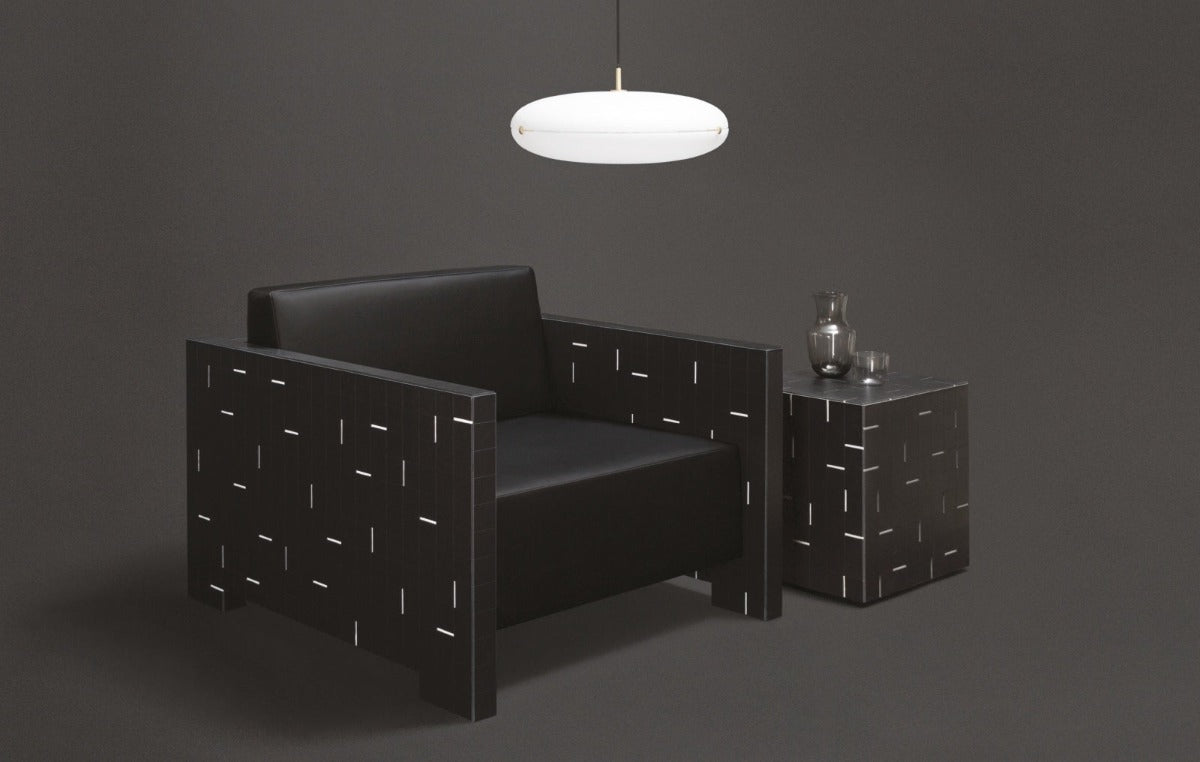
Kintsugi - old Japanese technique and modern style in the interior
Kintsugi , or golden bonding, is a traditional Japanese technique used to repair broken pottery. Kintsugi is not just about craftsmanship. It also provides a deeper insight into the Japanese philosophy of wabi-sabi and the sustainability of things. Kintsugi does not try to hide the obvious signs of repair, but rather brings them to the forefront by using gold or silver pigments in the lacquer, creating a completely new beauty of the original object.

How did kintsugi originate?
Legend has it that kintsugi can be traced back to the 15th century. When Shogun Ashikaga Yoshimasa accidentally broke one of his favorite Chinese tea bowls, he sent it to China to be repaired. He was so disappointed with the results that he challenged Japanese craftsmen to come up with another way to make his favorite bowl beautiful again. The result was kintsugi.
Broken or cracked pottery is repaired in a multi-stage and lengthy process. To do this, Japanese urushi lacquer is applied in several layers, dusted with either gold or silver pigments, and then polished. The once broken pieces are seamlessly joined together to form a new whole that in most cases matches the beauty of the original.
There is beauty in imperfection.
The philosophy behind kintsugi is wabi-sabi . This philosophy is prevalent in all forms of Japanese art and stems from the Buddhist teaching of the three natures of being: impermanence, unsatisfactoriness, and the so-called "anattá". Wabi-sabi means understanding the beauty in the transient, the old, or the imperfect . A once-broken tea bowl is no less valuable than a spotless new one. The bowl acquires its unique appearance precisely through a comprehensive restoration, the value of which can hardly be estimated.
The characteristic features of the wabi-sabi philosophy include asymmetry, roughness, simplicity, austerity, modesty, intimacy, and recognition of natural objects and natural forces.
Nowadays, kintsugi is not only applied to the maintenance of ceramics. The technique is also used in design, interior design, furniture making, and many other industries and arts.








